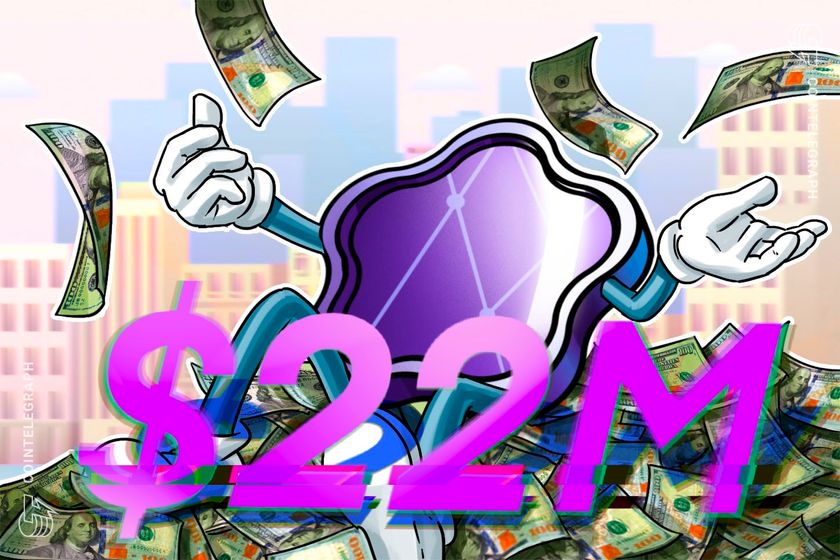
Sebastian Bürgel, vice president of technology at Gnosis and founder of Hopr, argues that hyperfinancialization and profit-seeking are a threat to privacy and the crypto sector.
Last year was historic for the crypto industry, and many believe 2025 will drastically outperform 2024. With this anticipated growth also comes the expectation of increased mass adoption, but the rapid financialization of the crypto sector has some people concerned that the blockchain revolution is losing its cypherpunk roots.
On episode 52 of The Agenda podcast, hosts Ray Salmond and Jonathan DeYoung spoke to Gnosis vice president of technology Sebastian Bürgel about his cypherpunk perspective on crypto and the state of privacy in 2025.
Rising cryptocurrency prices have naturally led to an influx of people looking to interact with crypto, but Bürgel said that “cypherpunk values” are “a counterculture to the memecoin, get-rich-quick” desires of many investors.













